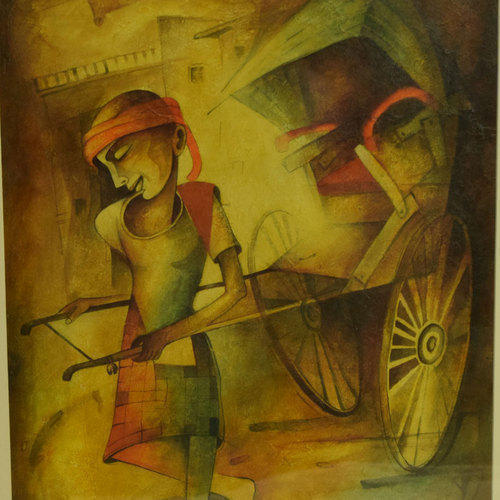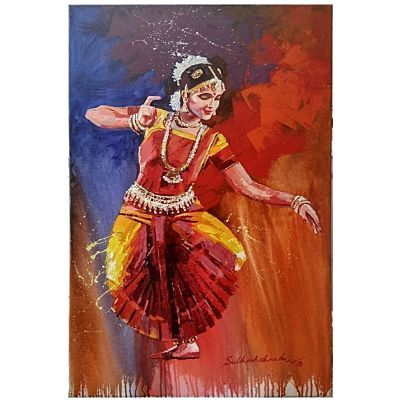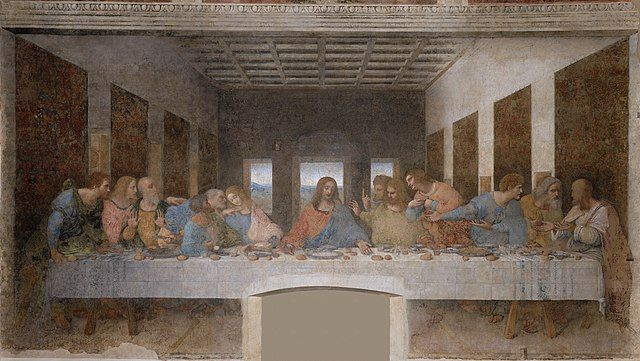Art has been created by people since the Stone Ages, and is enjoyed for many reasons. When new visual ideas are first introduced by an artist, they are often seen as incoherent, and evenshocking. However, with time, the best and most passionate of these ideas become widely accepted. Art has shown us how people change with time, for the better or worse, and has even kindled revolutionary changes in society.
Renaissance art materialized as a distinct style of art in Italy in the 15th century. It marks the transition of Europe from the medieval period to the Early Modern age, and comprised painting, sculpture, architecture, music and literature. It developed under the influences of an increased awareness in nature, classical learning, and individualism. “Mona Lisa” and “The Last Supper,” two of the most famous and recognised artworks in history, were painted by Leonardo Da Vinci during the Renaissance.
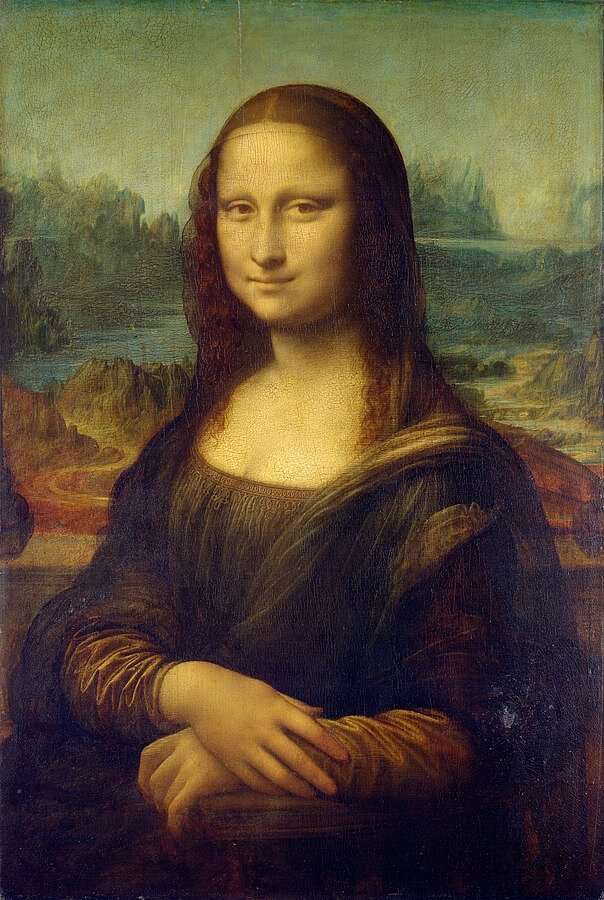
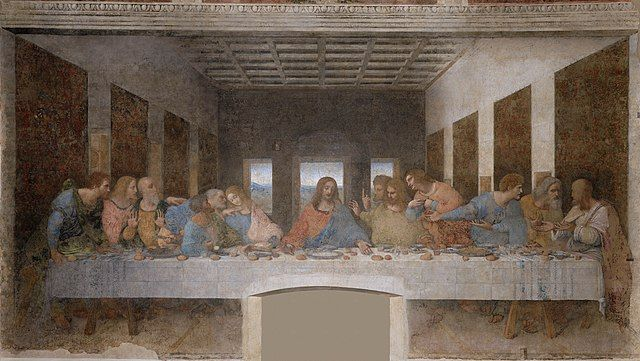
The Renaissance was, without doubt, a cultural and artistic revival in history, and an inspiration for the many art forms which emerged in later centuries.
The Baroque is a style of architecture, music, dance, painting, sculpture and other arts that blossomed in Europe from the early 17th century until the mid 18th century. It was encouraged by the Catholic Church as a means to counter the simplicity of Protestant architecture, art and music. Ornamental elements from the Renaissance are observed in all variants of this style of art. The Baroque style used contrast, profound detail, deep colour and splendour to achieve a sense of admiration. Sculptures and decorative arts from this time display intricate ornamentation. Jean-Jacques Rousseau, a musician and composer, observed in the “Encyclopédie” – “Baroque music is that in which the harmony is confused, and loaded with modulations and dissonances”. A famous classical composition which reflects this style is The Four Seasons by Antonio Vivaldi.
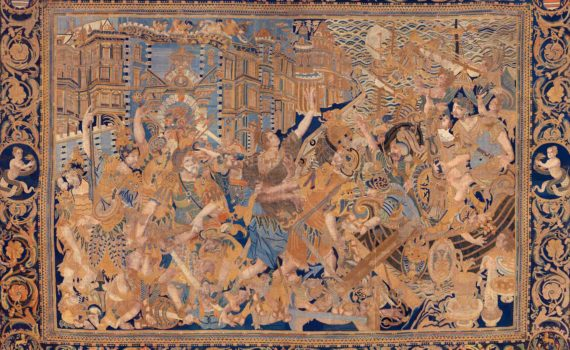
Romanticism was an artistic, literary, musical and intellectual movement that originated in Europe towards the end of the 18th century. It is said to have partly been a reaction to the Industrial Revolution, characterized by its emphasis on emotion and individualism as well as glorification of all the past and nature, preferring the medieval rather than the classical.
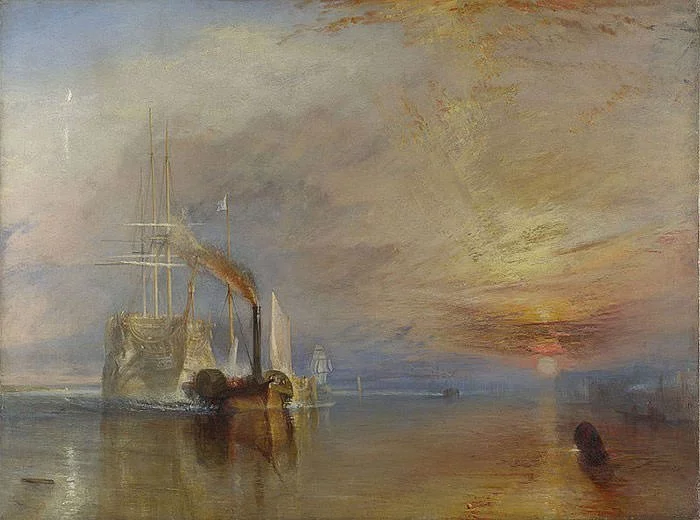
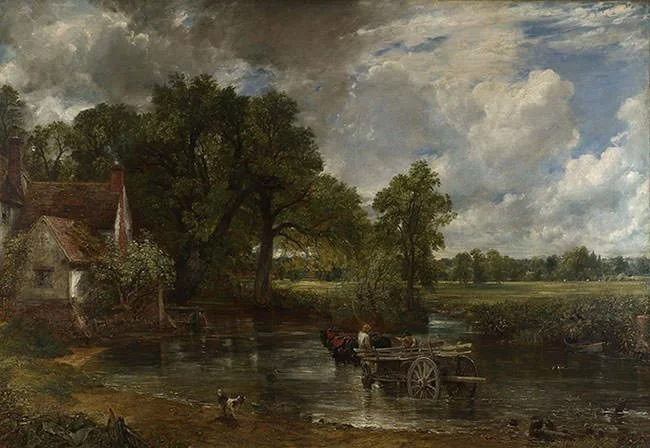
The Realism art movement originated in France in the late 19th century. Led by Gustave Courbet and Jean-François Millet, it was a polar opposite of Romanticism; realists rejected the glorification of the past and instead portrayed the people and situations of the period with uncompromising accuracy.
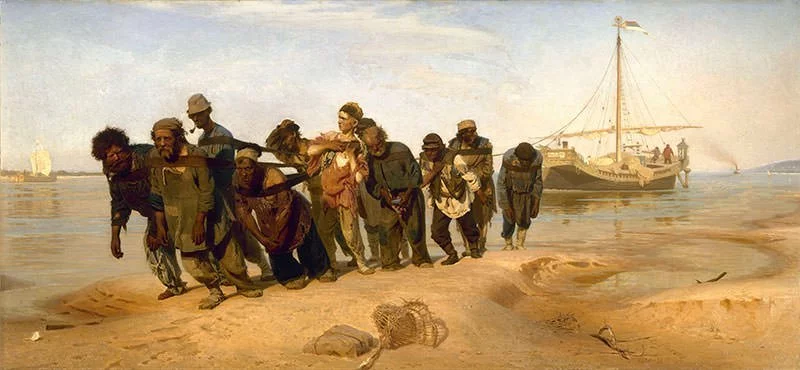
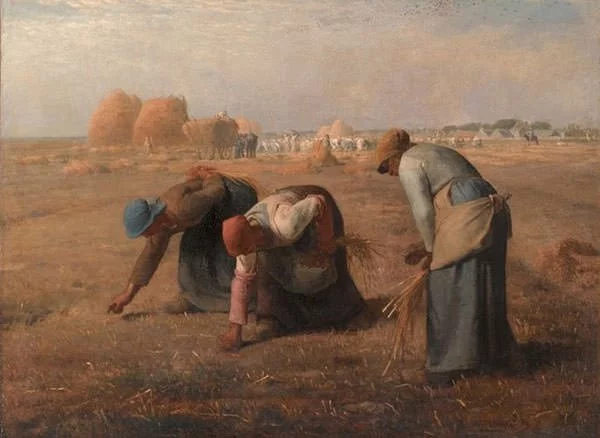
Surrealism was a cultural movement which developed in Europe in the wake of the First World War. The movement is best known for its visual artworks and writings and the collocation of uncommon imagery. Artists painted disconcerting, illogical scenes, sometimes with the precision of photographs. Painting techniques were developed which allowed the unconscious to express itself. Surrealists rejected rationalism and literary realism as they believed that the rational mind suppressed the power of imagination.
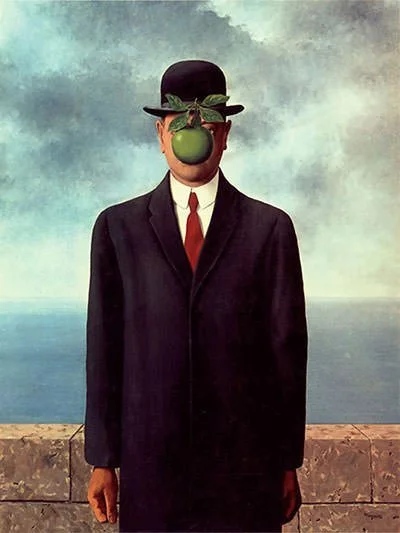
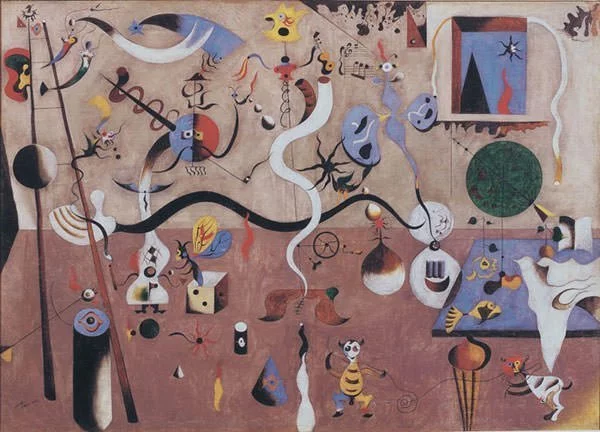
Pop art is an art movement that emerged in the United Kingdom and the United States in the mid 20th century. The movement was an opposing reaction to traditions of fine art, characterized by bright colors and use of conspicuous imagery from popular media and culture such as advertisements, celebrities and comic book characters.
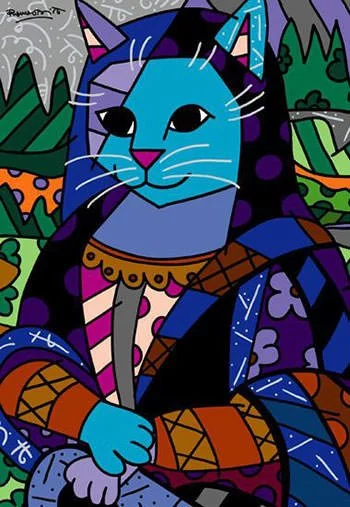
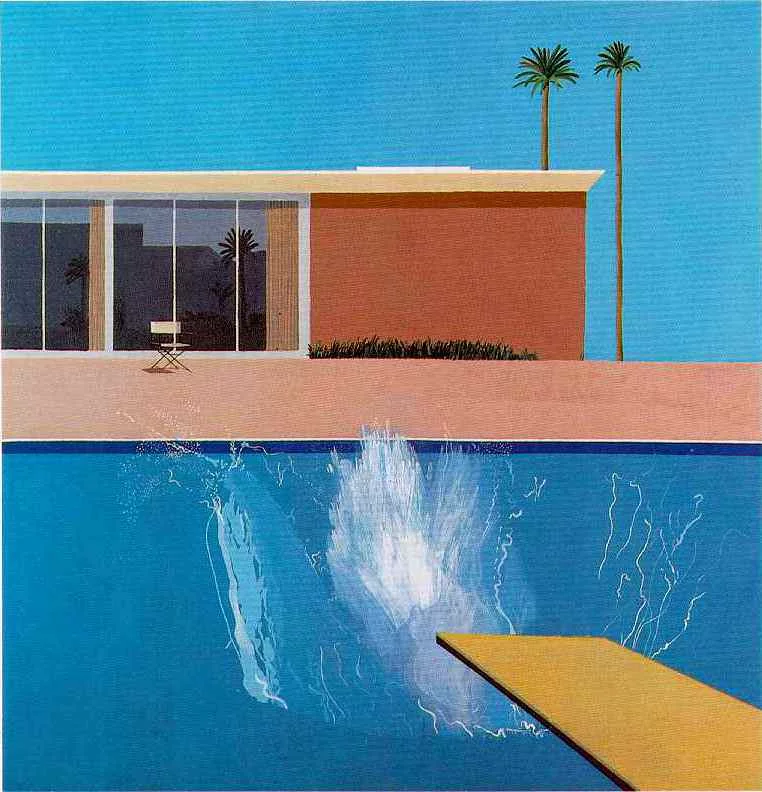
Contemporary Art is said to be the “art of today” and broadly encompasses the artworks produced in the late 20th century and the 21st century. It is a dynamic melange of materials, techniques and subjects that challenge the boundaries previously set for art. It is distinguished by a lack of a uniform, general idea, or “-ism”.
